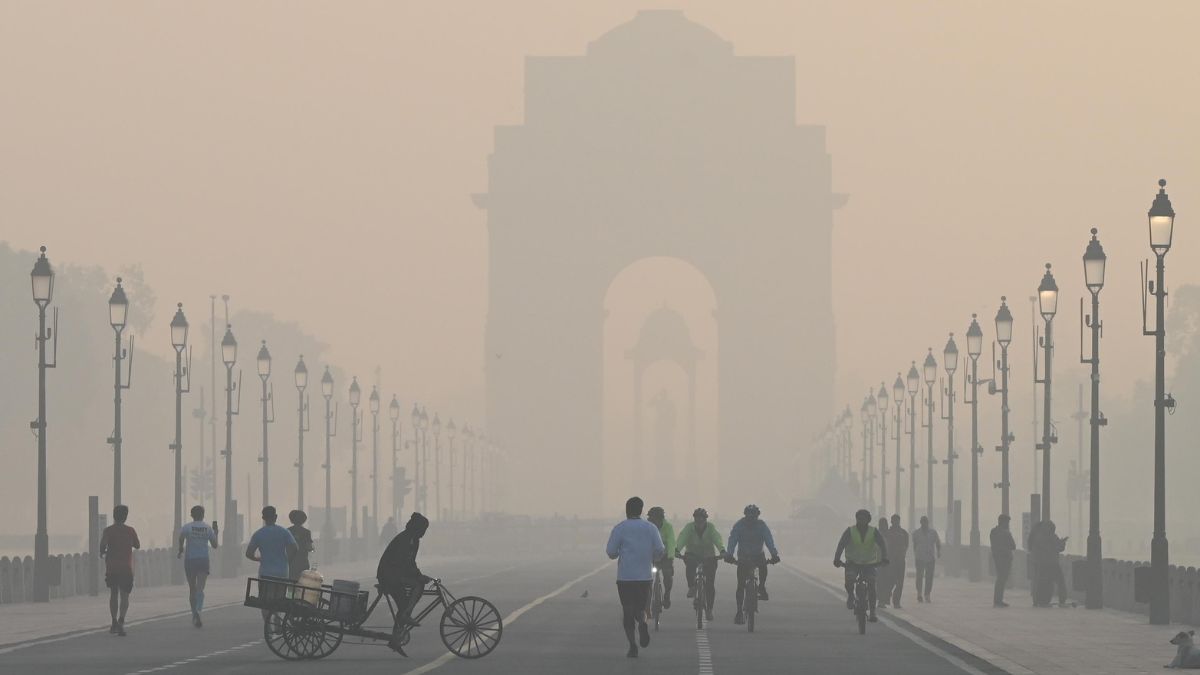Climate change is no longer solely an environmental issue; it is a crisis that threatens the future of children everywhere. Although children are the least responsible for this, they bear a disproportionate share of the burden and are, therefore, very much a child rights issue. The Executive Director of UNICEF, Henrietta H. Fore, rightly said that climate change is undermining the considerable progress made in recent decades in improving child survival and development. The paper attempts to discuss in-depth the effect of climate change on the health of the child through direct and indirect pathways, vulnerabilities, inequalities, and ethical considerations concerning intergenerational equity.
Children: The Most Vulnerable Victims
The distinctive vulnerabilities among children make them particularly susceptible to climate change. Children cannot resist environmental stress as well as others and thus are more vulnerable to health hazards. Key factors include:
1. Physiological Susceptibility: Children are more susceptible to toxins and diseases.
2. Exposure: Inability to control exposure to floods, droughts, and extreme weather conditions.
3. Long-term Impact: Health and developmental problems due to early exposure can be lifelong.
4. High Mortality Risk: In climate-induced diseases such as malaria, dengue, and diarrhea, children die more than adults.
Direct Pathways: Immediate Impacts of Climate Change
Heatwaves mainly affect children due to their underdeveloped thermoregulatory systems, with heat-related illnesses like dehydration, heat strokes, and kidney issues being the most common. More than one-third of children worldwide are highly exposed to heatwaves, says UNICEF.
Droughts and water stress affect children through malnutrition and mental health issues and call for children to play near water, increasing their exposure to contaminated water. As a result, it increases the chances of getting water-borne diseases and sets up the children for long-term challenges in development.
Flooding destroys the sanitation and availability of clean water, hence leading to diseases like diarrhea that remarkably impact child health and development. WASH infrastructure is destroyed, and these carry on and perpetuate the cycle of disease and poverty.
Indirect Pathways: Hidden Consequences of Climate Change
Climate change develops perfect conditions for spreading diseases through vectors like mosquitoes, hence creating outbreaks of malaria and dengue. Both diseases kill more children under age five—67 percent of all malaria deaths are children under the age of five.
Children breathe more air per unit of body weight than adults do. That makes them particularly vulnerable to the many by-products of climate change, including air pollution. Particulate matter exposure precipitates respiratory illness and cognitive impairment and has long-term developmental effects.
Climate change awareness has created widespread climate anxiety among children and young people. According to one study, over 50% of young people also report feelings of betrayal due to the lack of adequate government action on climate change. If left unattended, growing anxiety precipitates depression and trauma.
Climate-related natural disasters have forced families to migrate, disrupting children’s education, healthcare, and social stability. More often than not, such displacement puts them at an increased risk of exploitation and child labor.
Children’s Climate Risk Index: Inequality and Vulnerability
The Children’s Climate Risk Index points out that there is a wide disparity in vulnerability to climate change among countries. Where richer nations can safeguard their children through better infrastructure, poor countries like the Central African Republic face extraordinary risks. India and China are both very exposed but vastly differ in their vulnerability because of differences in infrastructure and governance.
Ethical Dilemma: Intergenerational Equity
One of the most contentious debates about climate change revolves around current costs versus future benefits.
Social Discount Rate: The SDR weighs the costs of this generation against the benefits to future generations. A low SDR values the future more and calls for rigorous climate mitigation.
Cost of Inaction: While there is an economic squeeze on present economies through mitigation measures, the cost of inaction—which is measured in lost lives, health, and opportunities—far outstrips it.
A Unified Approach to Addressing Climate Change
The escalating effects of climate change are reshaping global priorities, urging nations to adopt comprehensive measures to address this existential challenge. Effective strategies require a balanced focus on governance, infrastructure, education, and international collaboration. A unified approach can pave the way for a resilient future, especially for vulnerable populations like children, who bear a disproportionate burden of the crisis.
Strong governance is critical to combating climate change. Enforcing stringent regulations to reduce greenhouse gas emissions must be a cornerstone of this effort. Governments worldwide need to set clear, enforceable targets for emission reductions and implement policies that hold industries accountable for their environmental impact.
In addition to broad climate strategies, specific child-centric policies are essential. Adaptation and mitigation frameworks must focus on safeguarding children from the direct and indirect consequences of climate change, such as extreme weather events, displacement, and long-term socio-economic disruptions. Policies that center on children’s needs can ensure that the most vulnerable demographic is adequately protected and empowered.
Investing in Resilient Infrastructure
Robust infrastructure is the backbone of climate resilience. Investments in essential services, particularly water, sanitation, and hygiene (WASH) facilities, healthcare, and education, are vital for reducing vulnerabilities associated with climate change.
Improved WASH facilities can mitigate the spread of waterborne diseases exacerbated by floods or droughts. Similarly, strengthening healthcare systems enables communities to respond to climate-related health crises, such as heatwaves or malnutrition. Access to resilient educational facilities ensures that children can continue their studies even in the face of environmental disruptions, fostering long-term community stability and growth.
Education is a powerful tool in the fight against climate change. Equipping children with the knowledge and skills needed to adapt to environmental challenges is crucial for building a resilient future. Climate education should emphasize practical solutions, sustainable practices, and critical thinking, enabling children to understand the complexities of a changing environment.
By integrating climate studies into school curricula and providing hands-on learning experiences, communities can cultivate a generation of informed and proactive individuals who can contribute to sustainable development.
Climate change knows no borders, making international cooperation indispensable. Addressing climate injustice and inequality requires nations to work together to ensure equitable access to resources and technology.
Global partnerships can facilitate financial and technological support for developing nations, enabling them to implement effective climate adaptation strategies. Collaborative efforts can also help standardize regulations and promote best practices, ensuring that the fight against climate change is both fair and effective.
Conclusion
Climate change threatens the health, development, and future of the world’s children. Core to the problem, the solutions exist: policy, education, and collaboration. Protection of children from the effects of climate change cannot be viewed solely as an ethical issue but rather as an investment in the future of humankind.
This calls upon us to act with urgency and compassion in response to this crisis and build a world where each child has the chance to not just survive but thrive regardless of a changing climate.




